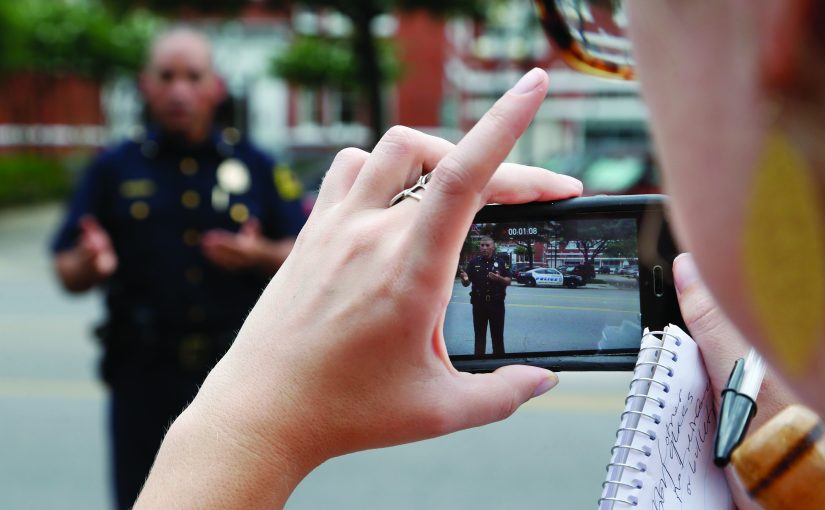Navigating the New Media Landscape
The More Things Change, the More They Need To Stay the Same

These are critical times for law enforcement public information officers (PIOs). They must keep aware of and respond to dramatic developments in the world of mass communication. Some shifts in the landscape are swift and massive, like an earthquake; other changes may happen more slowly and will be more evolutionary than revolutionary, but they will prove to have an equally profound impact.
Changes can be broken down into two main categories: the creation of news content and the distribution of that content. The definitions of “journalist” and “journalism” are no longer what they were, nor is the definition of “news consumer.” Fewer people are getting their news and information from the same sources with which most of us grew up. Nightly-news viewership has been steadily eroding for more than two decades, according to the Project for Excellence in Journalism.1
The definition of “community” is also changing. Advancements in mobile and digital technology are redefining “word of mouth,” and globalization is no longer an abstract theory. Citizens may not actually know their next-door neighbors personally and no longer swap gossip over the fence, but they regularly chat online with friends around the world—friends both real and “virtual.” Although they might never actually meet these friends face to face, their opinions about a wide variety of issues are trusted nonetheless. Community meetings have in many places been supplanted by chat rooms.


